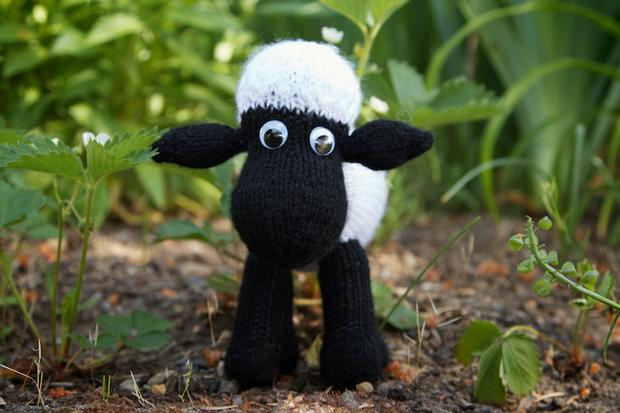Table of Contents
Knitting: Math and Science
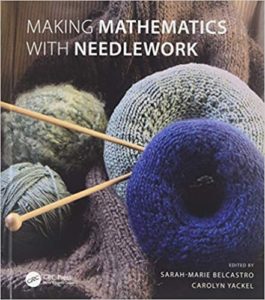 |
Making Mathematics with Needlework: Ten Papers and Ten Projects, edited by Sarah-Marie Belcastro and Carolyn Yackel (A.K. Peters/CRC Press, 2007) is worth a look even if you’re a little squeegy about higher math. For each of the projects, there’s an overview of the mathematical concept, teaching ideas, and instructions, all with great color illustrations. For mathematically inclined teenagers and curious others. |
| The Home of Mathematical Knitting has some interesting links to galleries of mathematical fiber arts and instructions for making knitted Mobius strips and Klein bottles. | |
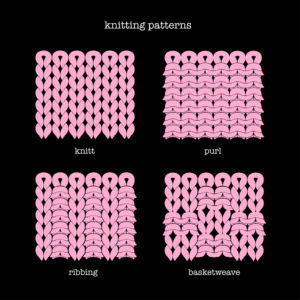 |
What Is the Science Behind Knitting? Turns out there’s a lot. |
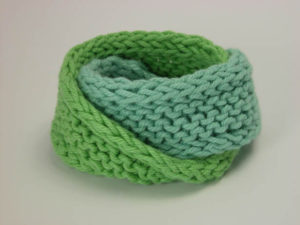 |
Knitting for Nerds has dozens of knitted mathematical and scientific projects. Make a periodic table sweater, a 3D knitted DNA model (suitable as a squishy toy for babies), crocheted snowflakes, an assortment of extremely personable knitted microbes, and a spectacular knitted squid. |
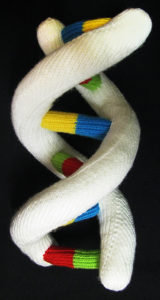 |
Science-Inspired Knitting Patterns. Make a Mars Rover hat, moon phase mittens, or a DNA headband. (And more.) |
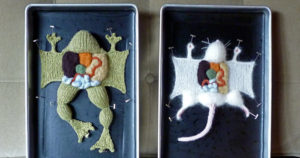 |
Learn anatomy (!) with dissected knit creatures by Emily Stoneking. |
Knitting: Hobbits, Robots, and Siamese Cats
There are dozens of available knitting and crochet books – interested knitters can make not only scarves (good for beginners) and sweaters, but teddybears, dolls, dinosaurs, and huggable monsters.

|
Toni Carr’s Knits for Nerds (Andrews McMeel, 2012) has instructions for 30 projects with science fiction and fantasy themes, among them a baby Elf Beanie, Hobbit Slippers (with furry toes), and a robot.
Also by Carr, see Geek Knits (2015), another 30 projects, among them robot gloves, time traveler socks, and a dragon. |
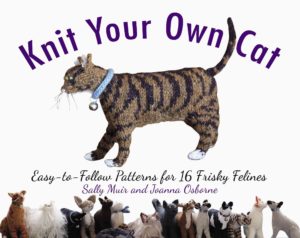
|
From Sally Muir and Joanna Osborne, Knit Your Own Cat (Black Dog & Leventhal, 2012) has knitted patterns for sixteen different felines, among them Persian, Orange, and Siamese. Also see Knit Your Own Dog (Black Dog & Leventhal, 2011), with which dog-lovers can knit everything from a corgi to a Siberian husky. |
And who doesn’t like sheep?
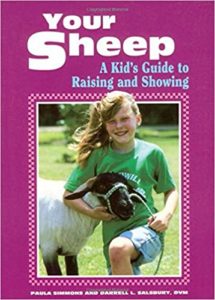 |
For serious sheep-lovers, Your Sheep by Paula Simmons and Darrell L. Salsbury (Storey Publishing, 1992) is “A Kid’s Guide to Raising and Showing” – that is, a 120-page guide to sheep-owning for ages 10 and up. |
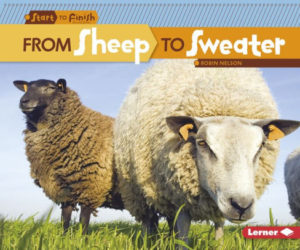 |
Robin Nelson’s From Sheep to Sweater (Lerner Classroom, 2013), one of the Start to Finish series, begins with shearing a sheep, then traces the process through sorting, washing, carding, spinning, and knitting to finished sweater. For ages 5-9. |
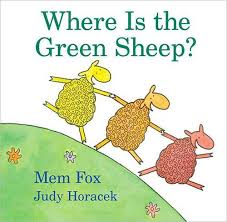
|
For ages 2-5, Where Is the Green Sheep? by Mem Fox and Judy Horacek (Harcourt Children’s Books, 2004) is a clever repetitive read for just-beginners. There are red sheep and blue sheep, thin sheep and wide sheep, bath sheep and bed sheep – but where is the green sheep? |
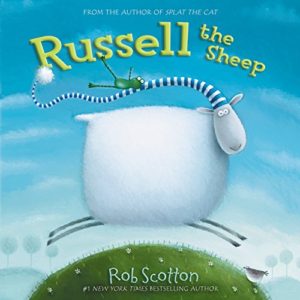
|
For ages 3-7. Rob Scotton’s Russell the Sheep (HarperCollins, 2011) stars a wonderful googly-eyed sheep in a blue-and-white-striped nightcap who simply cannot – no matter what he counts – go to sleep. Funny and delightful. |
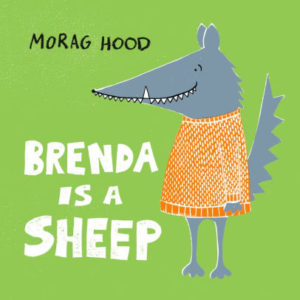 |
In Morag Hood’s Brenda is a Sheep (Random House, 2020), Brenda – who has gray fur, sharp teeth, and a long bushy tail, and wears an orange sweater – claims to be a sheep, and the sheep all love her. A clever twist on the story of a wolf in sheep’s clothing. For ages 3-7. |
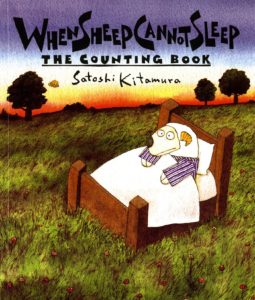
|
A similarly insomniac sheep is the main character of Satoshi Kitamura’s When Sheep Cannot Sleep (Farrar, Straus & Giroux, 1988), a counting book in which the wakeful Woolly goes for a walk on which he sees one butterfly, two ladybugs, three owls, four bats – and finally 20 stars, and 21 relatives (all sheep). As he counts these last, he falls asleep. |
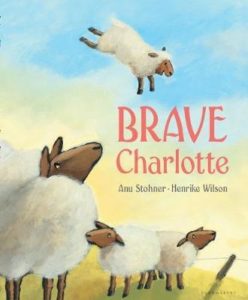
|
Charlotte, of Anu Stohner and Henrike Wilson’s Brave Charlotte (Bloomsbury USA, 2005) is – to the dismay of the rest of the flock – a most unsheep-like and daring sheep. When the shepherd breaks a leg, however, it’s Charlotte who manages to get help and save the day. For ages 4-8. |
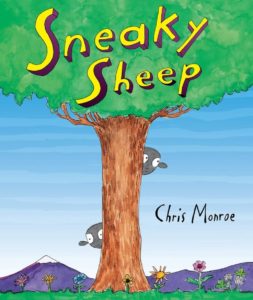
|
Rocky and Blossom, of Chris Monroe’s Sneaky Sheep (Carolrhoda Books, 2010), have been known to make some bad decisions – skateboarding without helmets, sunbathing on the railroad tracks, running with scissors. Luckily Murphy the sheepdog is around when the devious duo sneak off to the forbidden high meadow and encounter a hungry wolf. For ages 4-8. |
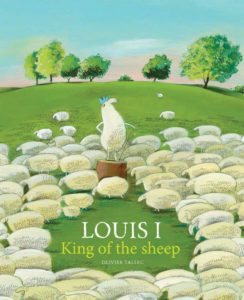 |
In Olivier Tallec’s Louis I, King of the Sheep (Enchanted Lion Books, 2015), a gust of wind blows a blue crown toward Louis – who puts it on his head and declares himself King of the Sheep. As Louis rises to power, he becomes increasingly entitled and arrogant, eventually even deciding to drive out all the sheep who don’t look like him. And then a gust of wind blows the crown away. A good discussion book about the uses and abuses of power for ages 5-9.
Pair this one with Dr. Seuss’s Yertle the Turtle (Random House, 1958), in which Yertle the Turtle is king of the pond. From Brainpickings, see an excellent overview and discussion of Louis I, King of the Sheep. |
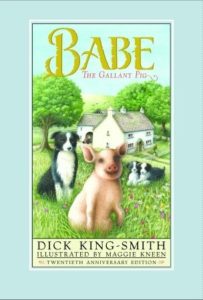 |
In Dick-King-Smith’s Babe the Gallant Pig (Knopf Books for Young Readers, 2005), young Babe is adopted by Farmer Hogget’s sheepdog Fly – and against all odds goes on to become a prize-winning sheep-herding pig. For ages 8-12. |
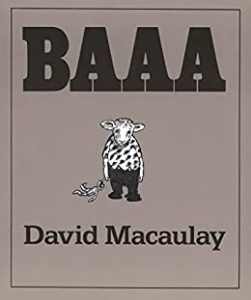
|
For ages 10 and up, David Macaulay’s BAAA (Sandpiper, 1985) is a fable on the order of James Thurber’s The Last Flower, with touches of “Soylent Green.” The last person on earth has disappeared – and a flock of sheep wanders into town and gradually takes up where humanity left off. Soon the sheep encounter all the problems of their predecessors: overpopulation, food shortages, zealotry, military police. To cope with famine, a new food called BAAA appears – and simultaneously, suspiciously, the sheep population goes into a sharp decline. Finally there are just two sheep left – and then, none. It’s not an upbeat story, but it’s a great discussion book. |
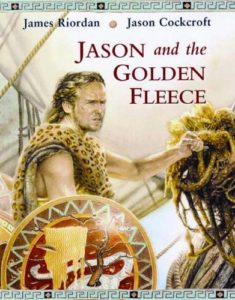
|
For ages 8-12, James Riordan’s Jason and the Golden Fleece (Frances Lincoln Children’s Books, 2005) – with a Russell-Crowe-ish Jason in leopard skin on the cover – is a 64-page retelling of the tale of Jason’s Argonauts and the quest for the fabulous Golden Fleece.Jason’s story can also be found in D’Aulaire’s Greek Myths by Ingri and Edgar Parin d’Aulaire (Delacorte Books for Young Readers, 1992). |
| Also see Mythology. | |
| Sheep 101, authored by a sheep and goat specialist from the University of Maryland, has a wealth of historical, scientific – and quirky – information about sheep. Readers find out that sheep are brilliant at recognizing faces, that not all sheep produce wool, and that, during World War I, Woodrow Wilson kept sheep on the White House lawn – among them a tobacco-chewing ram named Old Ike. | |
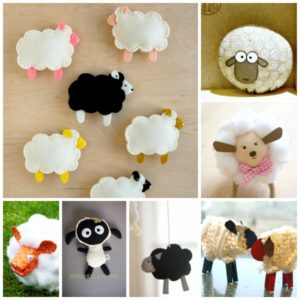 |
Make your own sheep! See 30 Lamb and Sheep Crafts. |
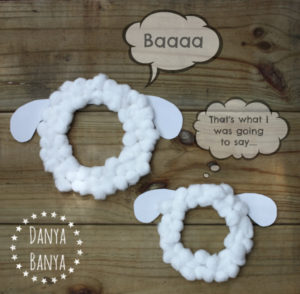 |
Make a paper-plate sheep mask! |
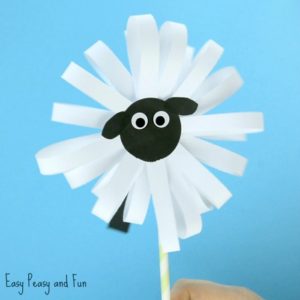 |
Paper sheep puppets! (Put on a play?) |
Pages: 1 2
